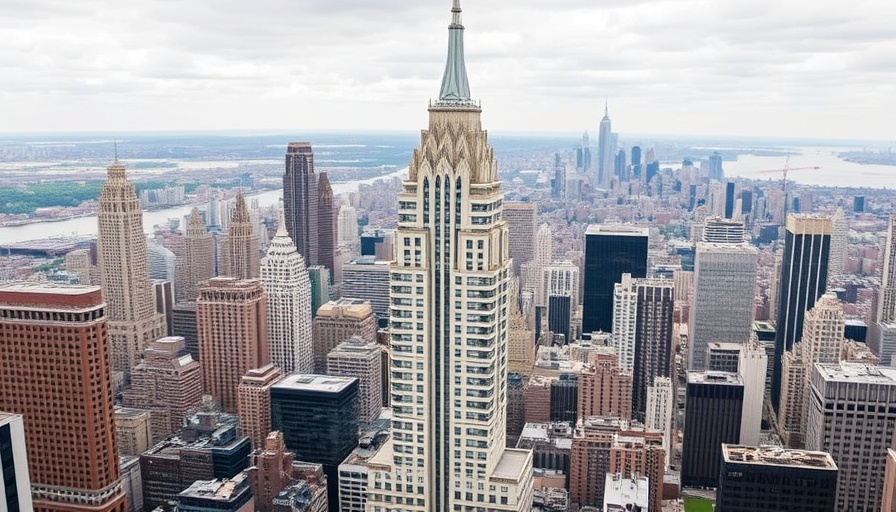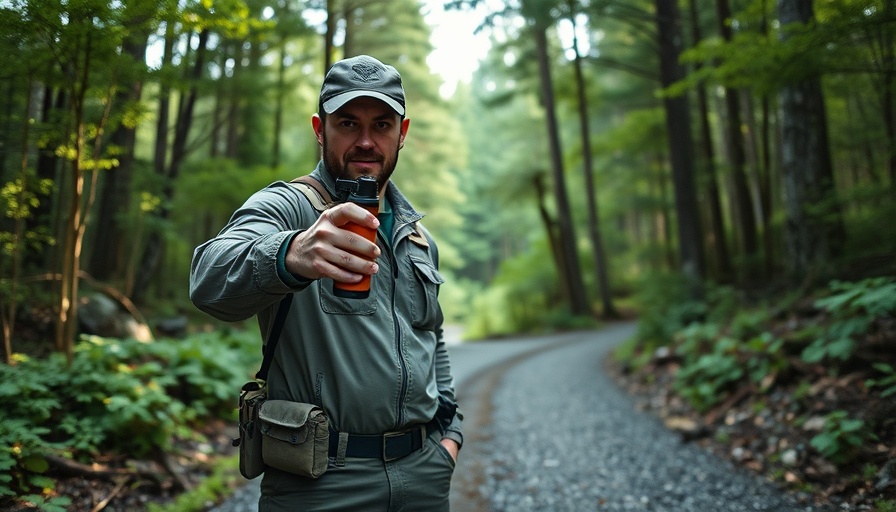
Understanding San Diego's Camping Ban: A Two-Year Review
It's been two years since San Diego's controversial camping ban was implemented, stirring discussions and debates throughout the city. This legislation, designed to regulate outdoor camping in public spaces when shelter is available—particularly near sensitive areas like schools and transit hubs—promises a dual outcome: to provide safety for residents and to address homelessness. But how effective has it really been? Data compiled by Lisa Halverstadt indicates that the majority of enforcement has taken place in city parks, with Balboa Park being the most impacted, accounting for 40% of the approximately 260 citations and arrests made under this law.
Balboa Park: A Microcosm of Challenges
Balboa Park, known as a hub for public engagement and cultural activities, has seen a notable rise in enforcement measures. Stakeholders in the park have expressed that while they are witnessing improvements in terms of cleanliness and safety, the reality on the ground is more complex. Many note that while people are removed from visible spaces, they are being pushed into more secluded and potentially hazardous areas, making outreach and service provision harder for social service organizations.
A Shift in Homelessness Dynamics
The camping ban did not merely vanish the issue of homelessness; instead, it shifted its dynamics. As people seek refuge from law enforcement, outreach programs report that these individuals often find refuge in hard-to-reach areas. This adds another layer of complexity for those providing support and services, as they now have to adapt to a changed landscape. It raises an essential question: is the camping ban truly solving the issue, or merely relocating it out of sight?
Potential Backlash and Criticism
Critics argue that the ban could worsen the wellbeing of homeless individuals by isolating them and limiting their access to resources. Social service providers have continuously expressed concerns that legislative measures like these, rather than support, risk further marginalizing individuals who already face numerous hurdles. Reports suggest a clear need for more comprehensive solutions that not only enforce regulations but provide adequate resources and supports.
Community Perspectives and Insights
As San Diego residents process the camp ban's impacts, their varied perspectives illustrate the multifaceted nature of homelessness in urban areas. Many community members close to Balboa Park voice a mix of relief and concern. While the presence of unhoused individuals in urban parks does impact visitors' experiences, the societal implication of criminalizing homelessness raises ethical questions. Residents commonly ask: Should our response prioritize criminalization, or should it focus on compassionate support and systemic solutions?
Future Trends and Predictions
Looking forward, the evolution of San Diego's camping ban could spell significant implications for the city. Potential modifications to the legislation may arise from public discussions that center around more balanced approaches—merging enforcement with supportive measures that encourage inclusion rather than exclusion. As San Diego navigates its relationship with homelessness, the community's voice and experiences will play a pivotal role in shaping the way forward.
Taking Action as a Community
In light of these developments, it becomes vital for San Diego residents to engage in informed dialogues around homelessness and public safety. Being involved in community forums, advocating for humane policies, and supporting local organizations can contribute to meaningful changes. If you’re curious to learn more or want to get involved, consider reaching out to local advocacy groups or participating in community discussions.
 Add Row
Add Row  Add
Add 




 Add Row
Add Row  Add
Add 

Write A Comment